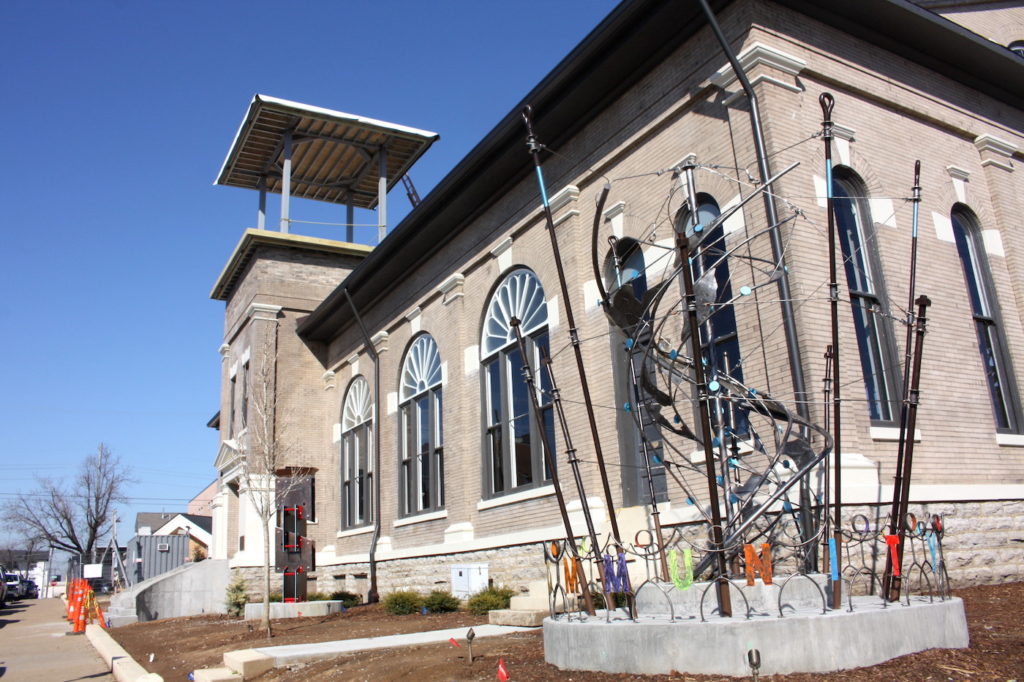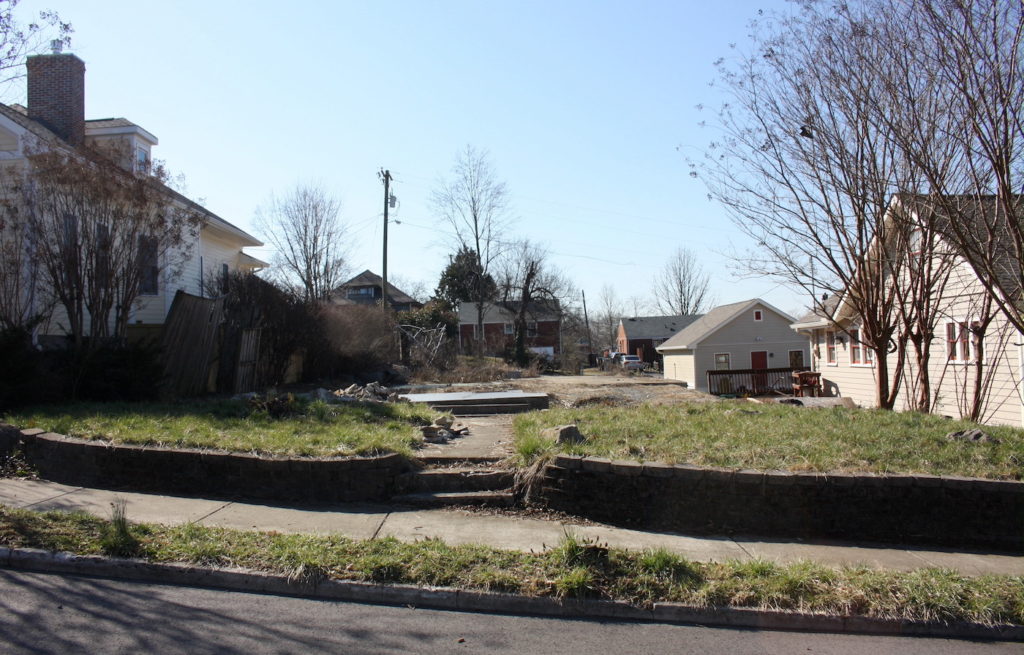
Two years since the Super Tuesday tornadoes, many hard-hit communities have been almost fully rebuilt. Yet work continues for some survivors of the storm that killed 25 people and damaged more than 4,000 buildings.
Reminders of the storm are often obvious, like in strips of Nashville where there are no trees, and where instead of homes there are vacant lots. For some, the remnant of a front stoop just leads to a deep hole in the ground where a basement used to be.
And other ongoing challenges aren’t as obvious.
“While we may be able to get people back in their homes — take care of those individual needs in two years — there are larger community issues that may persist,” says Amy Fair. She’s the vice president of donor services with the Community Foundation of Middle Tennessee, which spearheaded recovery fundraising with its Disaster Recovery Connection. The group’s latest summary of the recovery is online here.
Fair points out how the tornadoes cut into the supply of rentals and affordable housing in both Nashville and Cookeville.
Rebuilding was slowed by supply chain issues, reduced volunteer availability because of the pandemic and the region’s hyper-competitive construction market.
“Long-term recovery does take a long time. It’s longer than what people want,” Fair says.
By the numbers
Yet there was substantial progress in year two.
In fact, the Federal Emergency Management Agency (FEMA) provided more reimbursements to local governments than in the first year. FEMA has provided about $38 million to individuals and localities.
The Community Foundation says it has open cases for just 18 storm survivors who are rebuilding in three counties. That’s about 4% of what the group was handling at its peak, when there were more than 400 active cases.
Permit data from Nashville show dozens of examples of ongoing tornado work throughout 2021. As recently as January, a church in North Nashville pulled a permit to rebuild.
In Cookeville, officials say they’re putting the final touches on Hope Park, a memorial space in the storm path that will open later this month.
And in Mt. Juliet, damaged warehouses have been rebuilt, work is underway on a trio of schools, and officials say just five tornado-damaged homes have been untouched since the storm.
Looking ahead, the Community Foundation notes that local fundraising topped $12 million and has proven to be more than what’s needed. The agency plans to shift about $2 million to toward helping survivors from other floods and tornadoes in the past two years.
Fair says that between the May 2010 flood and the March 2020 tornado, local recovery agencies weren’t often tested — but then they had to spring into action and have stayed busy the past two years.
“What we’ve learned,” she says, “is that we can’t let things just go dormant just because something hasn’t happened in a long time. We have to be ready, we have to stay ready.”
Correction: This story originally gave an undercount of damaged buildings from the March 2020 tornadoes. The storm destroyed about 1,600 buildings and damaged an additional 2,700.
 Tony Gonzalez WPLN News
Tony Gonzalez WPLN NewsSome homes are yet to be rebuilt along Holly Street in East Nashville, where a tornado caused intense damage on March 3, 2020.

